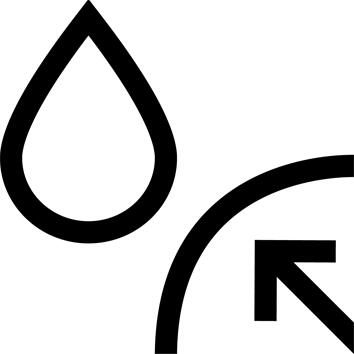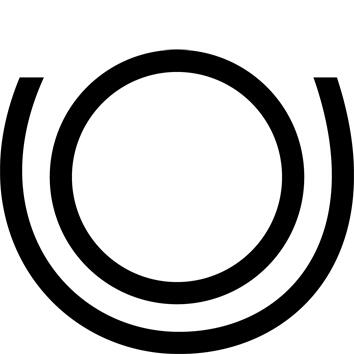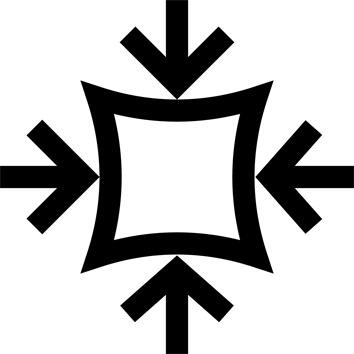HOW IS THIS PONCHO SUITABLE FOR CYCLING?
Poncho designed for cyclists with a loose fit that allows you to wear it over your everyday jacket.
Unisex cut with a covering surface from head to thigh.
Helmet can be worn above or below the hood, except for bulky bowl-type helmets.
Elasticated hood follows head movements.
Fits in pocket: W21 x H24 x D5.5 cm.
HOW TO STAY DRY?
Although the poncho provides excellent protection for the upper body (head to knees), it's essential to combine it with overtrousers to protect your legs from the rain. Unfortunately, ponchos don't protect shoes, and in heavy downpours this may not be enough. The advantage, however, lies in the ease with which the rainwear can be slipped on and stowed in the bike panniers. Transform yourself in seconds!
WATERPROOFING MEANS :
- A DEPERLANT TREATMENT
A fluorine-free chemical recipe placed on the surface of the fabric, which allows water to slide off the surface of the component. This treatment can be reactivated by the action of heat (use of tumble dryer - gentle program 10 min).
- A WATERPROOF ASSEMBLY
The aim is to prevent water from penetrating through seam holes by using sealing strips placed under the seams.
- A WATERPROOF COMPONENT
A fabric's ability to prevent water penetration.
WATERPROOFING MEASUREMENT
Impermeability is measured in Schmerber or mmH2O (pressure exerted by a column of water).
A component with a value of 10,000 mm will withstand 10 meters of water.
The higher the number, the more impermeable the fabric.
WHAT DOES STANDARD VISIBILITY MEAN?
This poncho is certified for DAY and NIGHT VISIBILITY (EN17353 standard), and thanks to its reflective elements, cyclists will be visible when riding at night.
The position of the visibility elements has been designed with the cyclist's needs in mind, guaranteeing visibility of 50 meters at night in the presence of car headlights.
WATERPROOF AND BREATHABLE?
Enduction hydrophile (RET=<12) : limite la condensation dans le vêtement.
Pour savoir si un tissu est respirant, on mesure sa résistance évaporative RET (test basé sur la norme ISO 11092). Plus la résistance est faible, plus le tissu laisse s’échapper la vapeur d'eau générée par le corps en activité, et donc, plus il est respirant. Par exemple : RET < 9 = tissu extrêmement respirant / 9 < RET < 12 = tissu très respirant / 12 < RET < 20 = tissu respirant / RET > 20 = tissu peu ou pas respirant.






